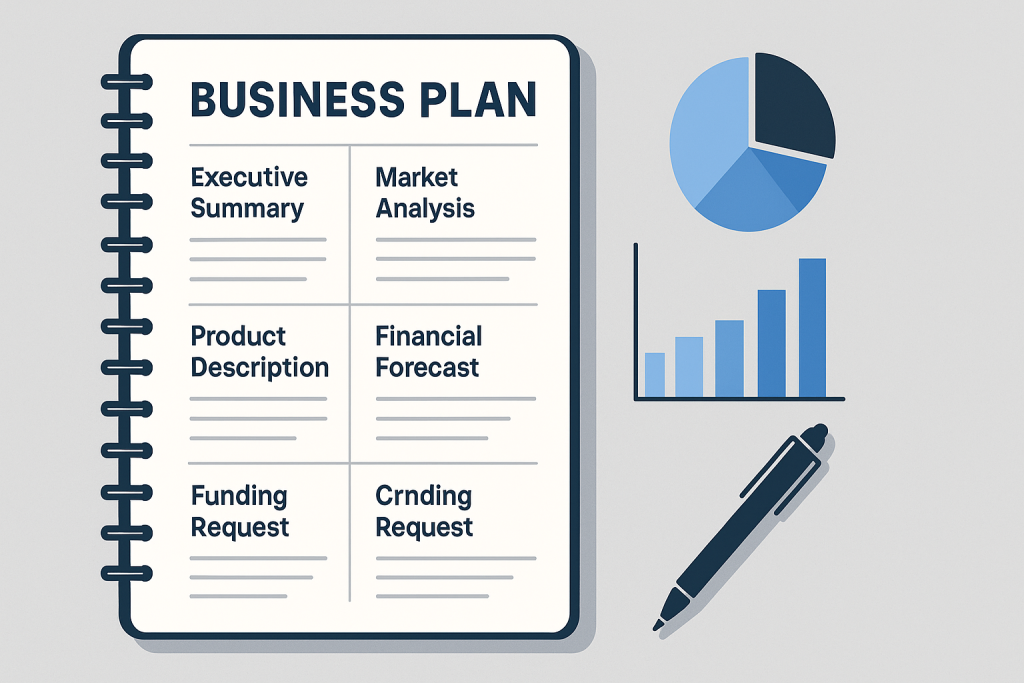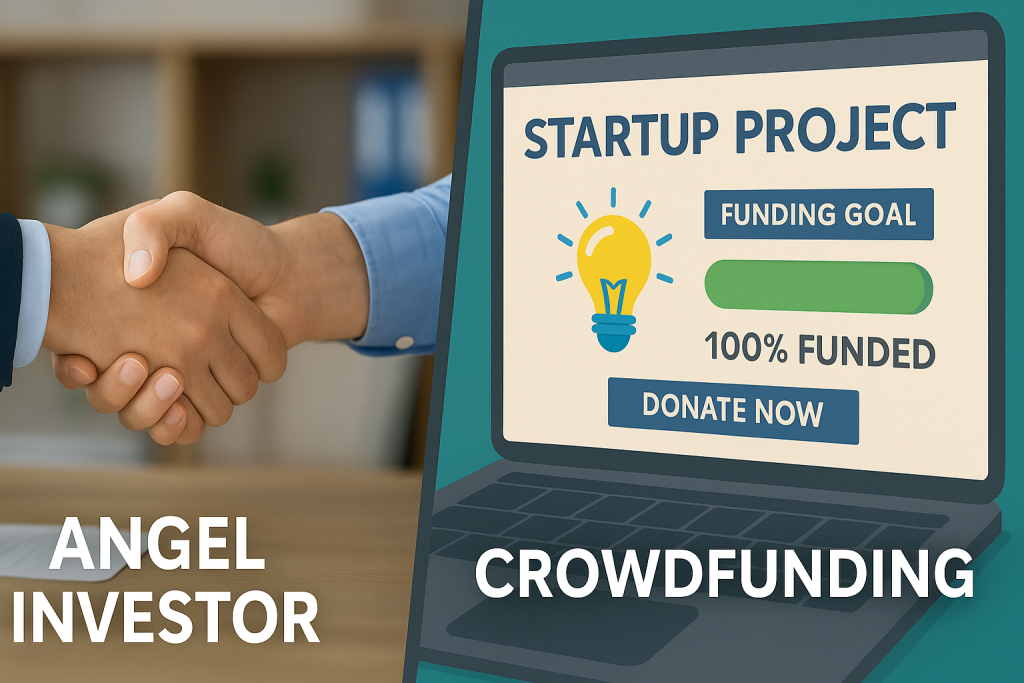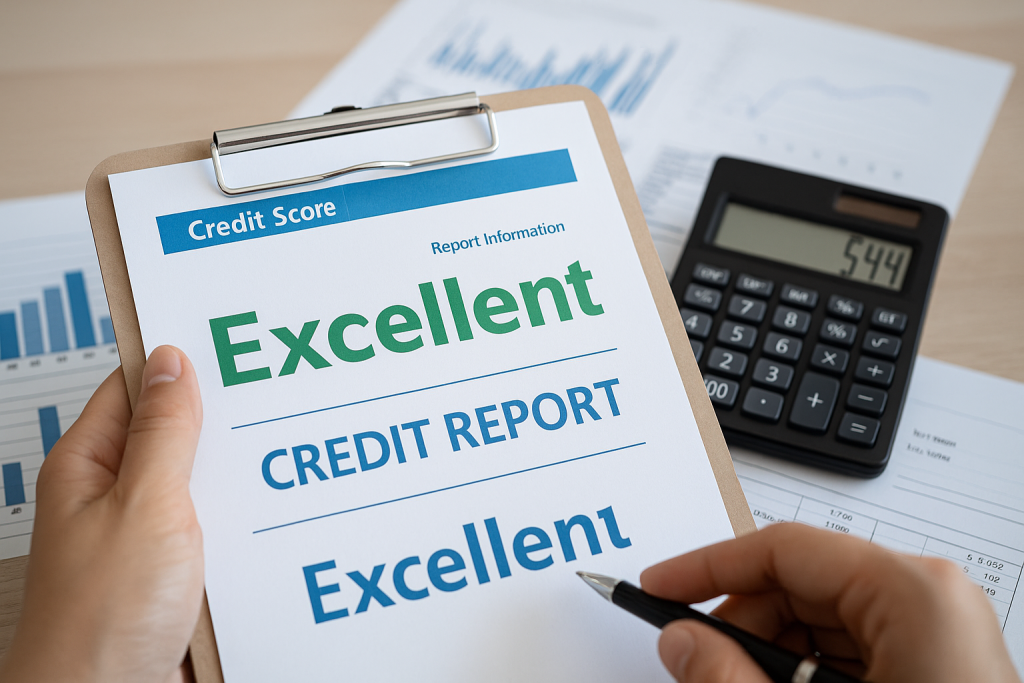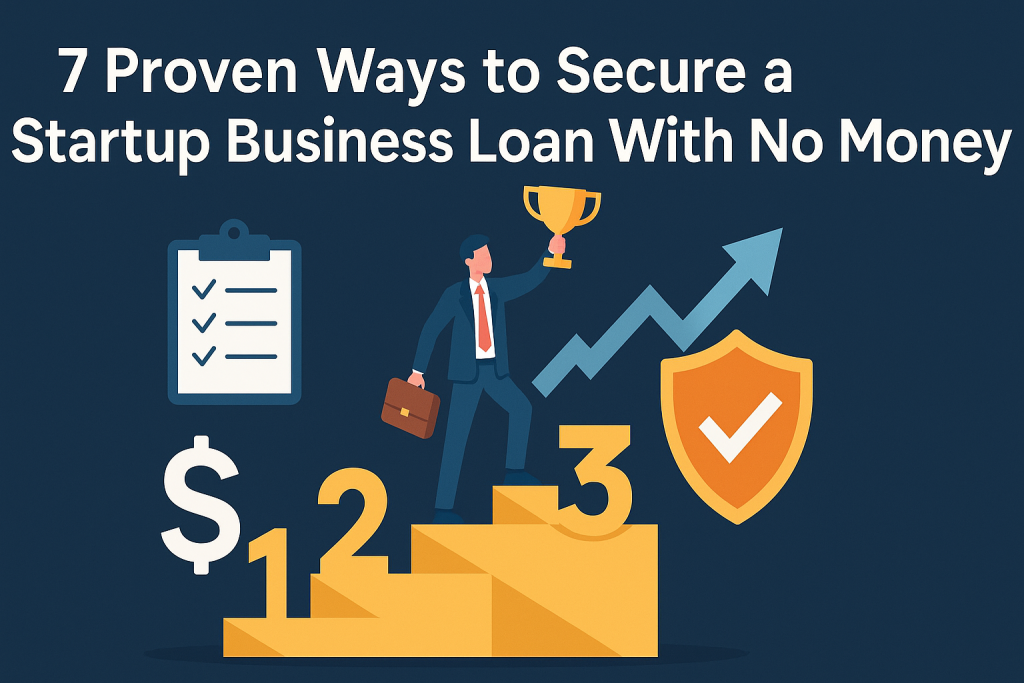Understanding Startup Loans and No-Money-Down Challenges
Many aspiring entrepreneurs face the obstacle of needing startup capital to launch their business, yet have limited or no money to invest upfront. Obtaining a business loan with no money down may seem impossible, but there are several proven strategies and funding sources available to help you overcome this hurdle. This guide will walk you through practical steps, key requirements, and actionable tips to increase your chances of securing a startup business loan with no money.

Traditional lenders usually require collateral or a personal investment as evidence of your commitment and ability to repay the loan. However, today’s diverse financial landscape offers alternative pathways. By understanding your options and preparing a strong application, you can move forward even if your savings are limited.
1. Build a Solid Business Plan to Impress Lenders
The foundation of any successful loan application is a thorough business plan. Lenders want to see a clear vision, detailed financial projections, and a compelling explanation of how you will use the loan to generate revenue. A professional business plan demonstrates your preparedness and increases lender confidence, even if you lack personal funds to invest.

- Executive summary: Briefly describe your business idea, mission, and goals.
- Market analysis: Show you’ve researched your industry, target market, and competition.
- Product or service description: Explain what you’ll offer and its unique value.
- Financial projections: Include revenue forecasts, expense estimates, and cash flow statements for at least 1–3 years.
- Funding request: Specify how much money you need, how you’ll use it, and how you’ll repay it.
Even with no money to contribute, a well-written business plan can compensate for lack of capital and open doors with lenders, investors, and grant organizations.
2. Explore No Money Down Loan Options for Startups
Many traditional loans require a down payment or collateral, but some lenders and programs are designed for entrepreneurs with little or no upfront cash. Explore these funding sources when seeking a startup loan with no money:
- Microlenders: Organizations like Kiva, Accion, and Opportunity Fund offer small loans to startups, often requiring no collateral or personal investment.
- Community Development Financial Institutions (CDFIs): These nonprofit lenders focus on underserved entrepreneurs and may offer flexible loan criteria.
- Online lenders and fintech platforms: Companies such as BlueVine, OnDeck, and Fundbox provide fast, no-collateral loans, though rates can be higher than banks.
- Personal loans: If your credit is strong, you may use a personal loan for business purposes, often without the need for a down payment.
Always compare rates, fees, and terms. Some online lenders have higher interest rates, but may be more accessible to entrepreneurs with no money to invest in their business up front.
3. Leverage Business Grants and Competitions
Unlike loans, business grants and startup competitions do not require repayment and usually don’t need a personal cash investment. Grants can come from government agencies, nonprofits, or private organizations and are specifically designed to help new businesses launch and grow.

Types of Grants Available
- Federal and state grants: Visit Grants.gov for a database of U.S. federal grants.
- Small Business Innovation Research (SBIR) and Small Business Technology Transfer (STTR): Targeted at tech and research startups.
- Private and local grants: Many organizations offer competitions or grants for local startups, minorities, veterans, and women entrepreneurs.
Grant programs are competitive and often require detailed proposals. However, they’re a powerful way to get startup funding with no money down or debt obligations.
4. Seek Investors and Alternative Funding Sources
Equity funding allows you to raise capital by selling a portion of your company to investors. While this doesn’t involve a loan, it’s an effective path for founders with limited cash. Here are the main options:
Angel Investors
Angel investors are individuals who provide capital in exchange for equity. They often invest in early-stage startups and may offer mentorship and industry connections. To attract angels, focus on pitching your vision and growth potential—your lack of personal investment is less of a concern if your idea and plan are strong.

Venture Capital (VC) Firms
VC firms back startups with high growth potential. While competitive, they can provide substantial funding. Prepare a concise pitch deck, robust business model, and clear path to profitability to impress VC investors.
Crowdfunding
Platforms like Kickstarter and Indiegogo allow you to raise funds from the public. Rewards-based crowdfunding lets supporters back your business in exchange for products or perks—no equity or repayment needed. Be sure to craft a compelling story and marketing campaign to stand out.
5. Use Collateral Alternatives and Personal Guarantees
If you have no cash, you might still secure a loan by offering other forms of collateral or a personal guarantee. Lenders may accept assets such as inventory, equipment, or accounts receivable. Some lenders specialize in asset-based loans that do not require a cash down payment.
Personal Guarantees
In some cases, you can provide a personal guarantee instead of hard collateral. This means you agree to be personally liable if the business can’t repay the loan. While risky, it’s a common requirement for startup loans and can make lenders more comfortable working with you when you have no money to invest.
6. Improve Your Credit and Professional Profile
Your personal credit score and financial history play a significant role in your ability to secure a loan with no money down. Lenders see good credit as a sign of reliability, even if you don’t have funds to invest. Take steps to strengthen your credit before applying:
- Pay down existing debts and make all payments on time.
- Correct errors on your credit report.
- Keep credit card balances low relative to your limits.
- Add positive credit references or trade lines if possible.

Additionally, enhance your professional profile by building relevant experience, seeking endorsements, and networking with industry professionals. Lenders and investors value proven skills and dedication in startup founders.
7. Consider Partnership and Co-Signer Options
If you are unable to qualify for a loan on your own, partnering with someone who has resources or a stronger financial background can open the door to funding. A business partner or co-signer can provide additional collateral, cash, or a better credit profile to support your application.
How Partnerships Can Help
Select a partner with complementary skills and shared vision. Draft a clear partnership agreement to outline roles, responsibilities, and equity splits. The combined strength of your backgrounds and resources can present a more attractive case to lenders and investors.
Role of a Co-Signer
A co-signer agrees to take responsibility for the loan if you default. Lenders are more likely to approve your application if the co-signer has strong credit and assets, mitigating their risk in funding a startup with no money down.
Essential Tips for Success When Applying for a Loan With No Money
- Be transparent: Clearly explain your financial position and how you plan to overcome limitations.
- Highlight strengths: Emphasize your business plan, market opportunity, and management team.
- Build relationships: Network with local banks, credit unions, and small business associations.
- Stay flexible: Consider a mix of loans, grants, and investment sources to build your startup funding.
- Be persistent: Application processes can be lengthy and require follow-up. Don’t be discouraged by rejections—use feedback to strengthen your next application.
Conclusion: Launch Your Business Without Upfront Cash

Getting a startup business loan with no money is challenging, but very possible with the right approach. By preparing a solid business plan, exploring alternative lenders, leveraging grants and investors, and improving your credit, you can significantly increase your chances of securing funding. Remember, determination and resourcefulness are vital traits for entrepreneurs—use these strategies to bring your business vision to life, even if you’re starting from scratch.
Ready to take the next step? Begin researching lenders, building your application, and connecting with the right partners today. With persistence and the right strategy, you can turn your business dream into a reality—no money down required.


